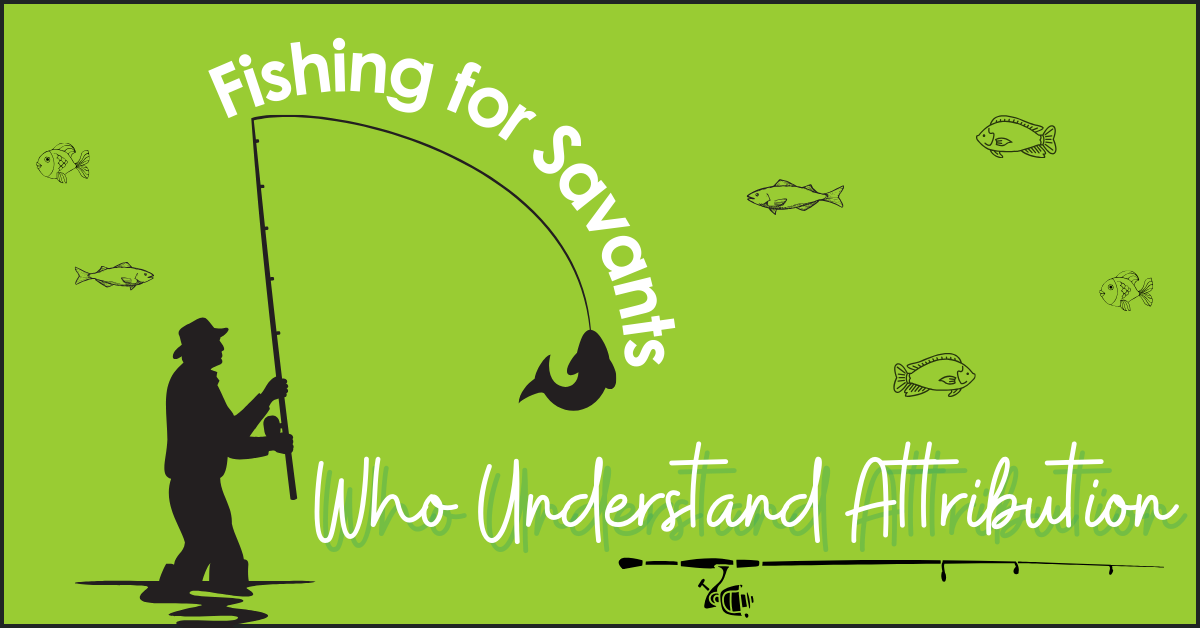
This week, I'm reporting on themes presented at the American Council for an Energy-Efficient Economy (ACEEE) summer camp, also known as the Summer Study for Buildings, from Pacific Grove, California. Here are the themes: Heat pumps (~ 80 papers) Decarbonization (~67 papers) Equity (~75 papers) The end. The ACEEE summer camp covers a stunning number of papers. There are 13 panels or tracks, two sessions per day, each with three papers presented, for five days. Per my math, that's 780 papers. In addition, there are probably 60 posters to make up the total of nearly 850 studies. The papers probably…
Read More





